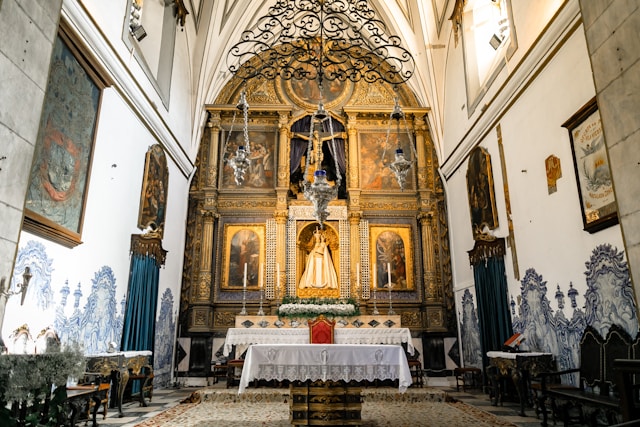Your cart is currently empty!
Unveiling the Significance of the “Church on the Hill”

Origin and History
The phrase “church on the hill” originated from Jesus’ Sermon on the Mount (Matthew 5-7). In this sermon, Jesus exhorted his disciples to be “the light of the world” and “a city set on a hill” (Matthew 5:14-15). The metaphor of a church on a hill represents the visible and influential presence of the Christian community within society.
Purpose and Mission
The church on the hill serves several important purposes:
- Witness to the Faith: The church is a physical manifestation of the Christian faith, standing as a beacon of hope and truth in the community.
- Community Gathering Place: The church provides a space for believers to gather, worship, and grow in their faith.
- Social Service: The church often serves as a hub for social service, providing aid to the needy and advocating for justice.
- Missionary Outpost: The church can serve as a base for outreach and evangelism, sending missionaries to spread the Gospel and serve others.
Benefits and Challenges
Being a church on the hill offers both benefits and challenges:
Benefits
- Visibility and Influence: The prominent location of the church enhances its visibility and influence within the community.
- Growth Potential: The church can attract new members more easily due to its accessibility and visibility.
- Community Impact: The church can have a significant impact on the social, cultural, and spiritual fabric of the surrounding area.
Challenges
- Financial Maintenance: Maintaining a church on a hill can be costly due to the size and location of the property.
- Parking and Accessibility: The church may face challenges with parking and accessibility for members and guests.
- Public Perception: The location of the church on a hill may lead to assumptions or expectations that can be difficult to meet.
Recommendations for Church Leaders
For church leaders considering establishing a church on a hill, here are some recommendations:
Considerations Before Building
- Assess the Community Need: Determine if there is a need for a church in the specific location.
- Secure Funding and Resources: Ensure adequate funding and resources are available to support the construction and maintenance of the church.
- Consider Accessibility and Parking: Plan for ample parking and ensure the church is easily accessible to members and guests.
Building and Design
- Maximize Visibility: Design the church to maximize visibility from the surrounding area.
- Create Welcoming Spaces: Design welcoming and inviting spaces for worship, fellowship, and social service.
- Incorporate Sustainable Features: Consider incorporating sustainable features into the design to minimize environmental impact.
Conclusion
The “church on the hill” is a powerful metaphor representing the Christian community’s visible and influential presence within society. Establishing a church on a hill requires careful planning, significant resources, and a commitment to serving both the congregation and the surrounding community. By embracing the benefits and overcoming the challenges, church leaders can create a vibrant and impactful church on the hill that stands as a testament to the transformative power of the Christian faith.